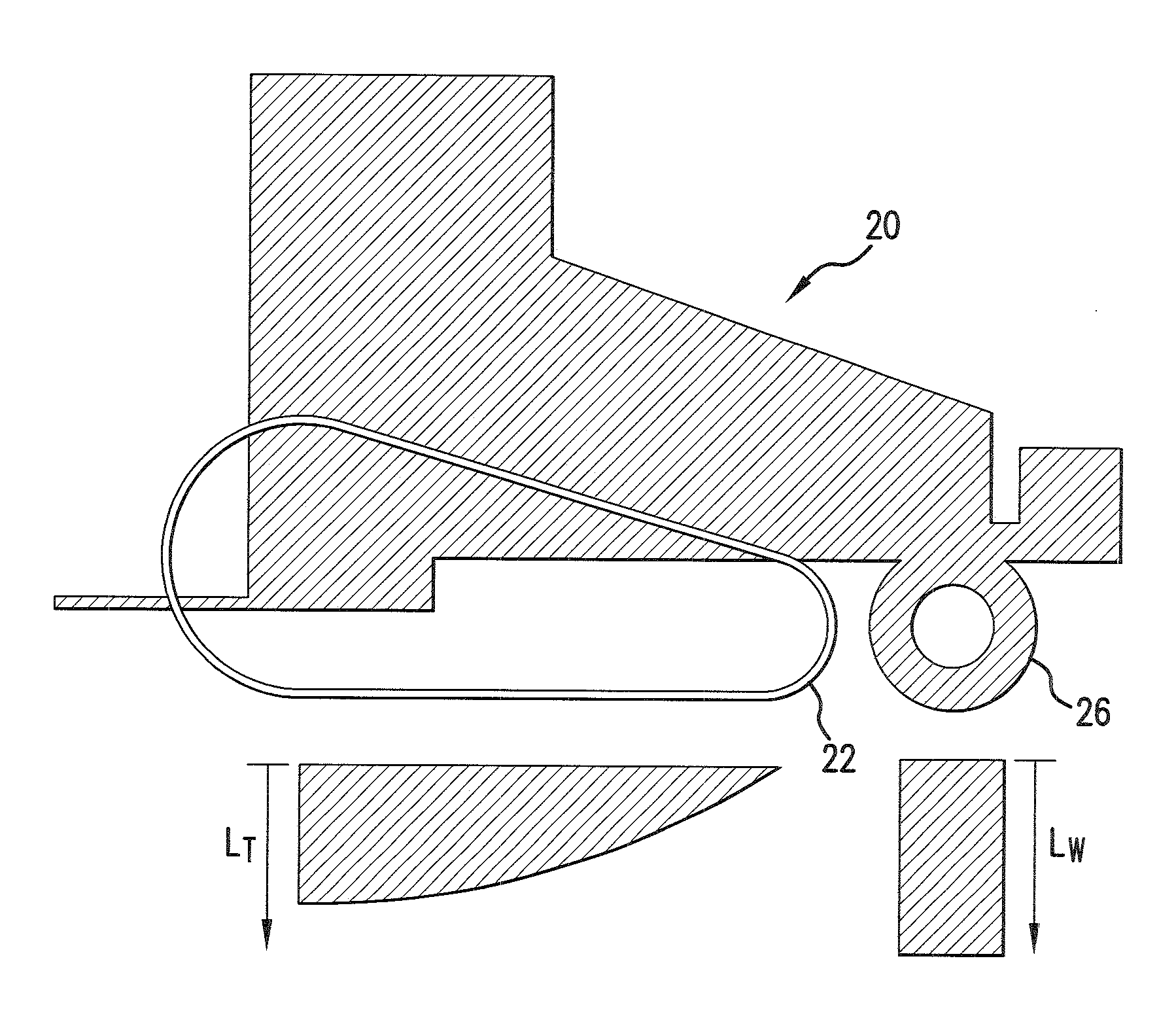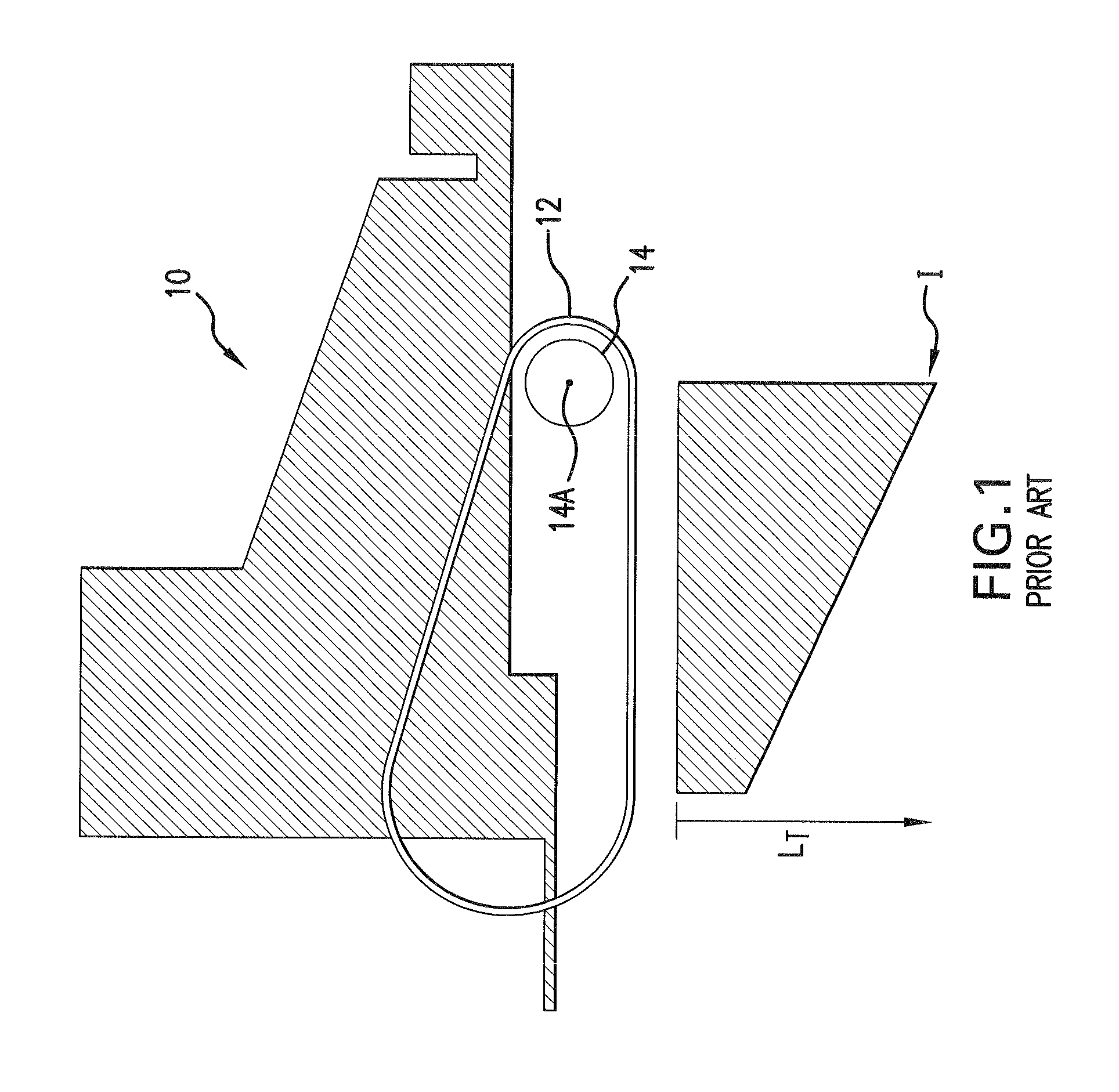Configuration of a two-track tractor
a two-track tractor and rear wheel technology, which is applied in the direction of tractor, non-deflectable wheel steering, transportation and packaging, etc., can solve the problems of affecting the mobility affecting the stability of the conventional tractor, and requiring significant weight to be carried on the front wheel mechanism. , to achieve the effect of minimizing the wear of the rubber tread
- Summary
- Abstract
- Description
- Claims
- Application Information
AI Technical Summary
Benefits of technology
Problems solved by technology
Method used
Image
Examples
Embodiment Construction
[0050]The following is a detailed description of example embodiments of the invention depicted in the accompanying drawings. The example embodiments are presented in such detail as to clearly communicate the invention and are designed to make such embodiments obvious to a person of ordinary skill in the art. However, the amount of detail offered is not intended to limit the anticipated variations of embodiments; on the contrary, the intention is to cover all modifications, equivalents, and alternatives falling within the spirit and scope of the present invention, as defined by the appended claims.
[0051]The present invention, in an embodiment, provides apparatus for a tractor having two rubber track assemblies and a wheel assembly in front of the track assemblies that automatically controls an amount of weight that is imposed on the wheel assembly, for example, to limit or eliminate slip and thereby an amount of wear on tread bars of the track assemblies.
[0052]As described above, som...
PUM
 Login to View More
Login to View More Abstract
Description
Claims
Application Information
 Login to View More
Login to View More - R&D
- Intellectual Property
- Life Sciences
- Materials
- Tech Scout
- Unparalleled Data Quality
- Higher Quality Content
- 60% Fewer Hallucinations
Browse by: Latest US Patents, China's latest patents, Technical Efficacy Thesaurus, Application Domain, Technology Topic, Popular Technical Reports.
© 2025 PatSnap. All rights reserved.Legal|Privacy policy|Modern Slavery Act Transparency Statement|Sitemap|About US| Contact US: help@patsnap.com



